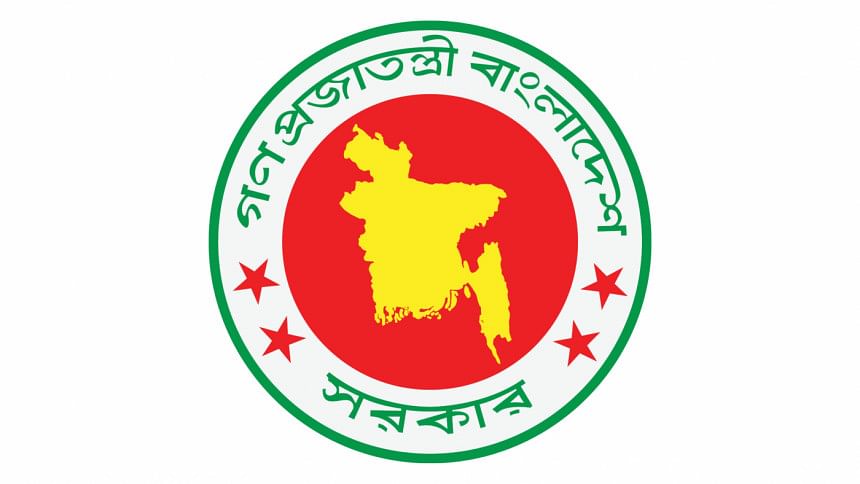Austerity Measures: Govt misses the mark

In the end, the government's austerity stance did not yield much savings last fiscal year.
When the cocktail of belt-tightening measures was announced on the first working day of fiscal 2022-23, it was hoped that at least Tk 23,000 crore would be saved during the course of the year, a development that would help push down the elevated inflation level.
In reality, the savings amounted to Tk 15,000 crore as per initial estimates, The Daily Star has learnt from finance ministry officials involved with the proceedings.
"The savings were not much as the belt-tightening measures were not implemented faithfully," said one of the officials, adding that the final calculation of the savings made would take some time to materialise.
Besides, save for the ban on foreign tours by government officials, all austerity measures were relaxed nine months into the fiscal year.
The centrepiece of the austerity stance was the ban on the purchase of vehicles, aircraft, helicopters, ships, boats or barges. That ban was lifted.
In fiscal 2022-23's annual development programme, projects were classified into A, B and C categories. The A-category projects could go on as normal, while up to 75 percent of the allocation for the B-category projects could be spent. All C-category projects were put on hold.
This criterion was relaxed in March. The B-category projects could spend up to 85 percent of their allocation, while the C-category projects that are nearing the end were allowed to proceed.
Subsequently, last fiscal year's ADP implementation status was business as usual, with no reflection of austerity.
The government had allocated to spend Tk 149,016 crore from its own funds towards ADP. That was revised upwards to Tk 153,066 crore.
"The austerity stance was a good step but the coordination, institutional strength, political commitment and accountability were lacking. It seems the ministries didn't get the memo about savings."
Eventually, Tk 125,162 crore of the government's own fund was spent on ADP, which is more or less the same as in previous years.
It is the same case when it came to non-development expenditure.
In the first nine months of fiscal 2022-23, which is the latest publicly available data, the growth in non-development expenditure was 15.9 percent in contrast to 15.82 percent a year earlier, as per the finance ministry's fiscal report.
Were the growth in non-development expenditure lower than in fiscal 2021-22, it would have been safe to assume that the austerity stance was working.
"It was a failure," said Ahsan H Mansur, executive director of the Policy Research Institute.
The government should have gone for more severe austerity measures and the implementation should have been strict.
"The pressure on inflation would have been much less and there would not have been much need to print money," said Mansur, a former economist of the International Monetary Fund.
The government borrowed more than Tk 90,000 crore from the Bangladesh Bank last fiscal year to meet its budget deficit.
"Deficit financing through monetisation fuelled inflation -- there was money injection into the economy, which created additional demand," said Zahid Hussain, a former lead economist of the World Bank's Dhaka office.
Subsequently, there was no reining in inflation last fiscal year.
Inflation averaged 9 percent last fiscal year, still above the revised target of 7 percent.
"It seems the ministries didn't get the memo about savings," said Selim Raihan, a professor at the University of Dhaka's economic department.
To make the austerity stance work, coordination, institutional strength, political commitment and accountability were needed.
"But it was completely lacking. Why was there no quarterly or half-yearly monitoring at the ministry level to see if they were adhering to the austerity measures," said Raihan, also the executive director of the South Asian Network on Economic Modeling.

 For all latest news, follow The Daily Star's Google News channel.
For all latest news, follow The Daily Star's Google News channel. 








Comments